Now that virtuality is part of our daily lives, to the point of being our new reality, questions such as what is the metaverse surely arise? and it is that Mark Zuckerberg certainly made everyone turn their eyes by changing the name and objectives of his company with this term, although it does not really belong to him and it is about something much bigger than Facebook.
The word metaverse is the composition of terms and is “meta” which means beyond and “verse” of universe , so let’s say that the literal interpretation is beyond the universe. It is specifically a concept in which the next generation of the Internet is being developed and that will completely change the way we know it.
why metaverse
The objective of the metaverse is the total and multisensory immersion of people in the network, basically what it pursues is that they live, just as it happens in reality. For this, it seeks to create and develop tools and devices applied to the Internet that generate that space between the real and the virtual as the same experience. All of this is inspired by Neal Stephenson’s novel Snow Crash published three decades ago.
The metaverse is conceived as a space made up of multiple three-dimensional virtual realities , which are shared and persistent, in which an integrated virtual universe is also linked and perceived by all the participants.
Basically, the metaverse seeks an integration in which the virtual world not only coexists, but also amalgamates with other existing multidimensional experiences that come from web 2.0, such as augmented reality, the third dimension, virtual reality, holograms and other experiences of non-physical interaction.
In these alternate and composite realities, people interact not only socially, but there is an entire integration of everyday and economic reality , through avatars that are integrated into a cyberspace with software, which is a metaphor of the world real as we perceive it, even if physical and economic rules are not applied in the same way.
Every day there are more known uses in the world of metaverses that are being applied. It is currently used in entertainment, distance education, telemedicine, but with great force it has been incorporated into the world of the digital and decentralized economy, for example, the well-known NFTs.
Some experiences and attempts to develop social metaverses are known and one of them is Second Life, which achieved great success, but expectations increased with the promises of Meta, previously known as the Facebook company and who has set himself the challenge of being at the forefront of this next step in the world of the Internet and social networks as we know them until now.
How the metaverse was born

In 1992 the novel Snow Crash proposes the creation of a consensual universe based on existing reality. In the novel, the term metaverse is referred to as a non-physical and fictitious world in which one participates collectively, under the agreement of the participants and that usually does not correspond directly to physical reality with known norms, although it does. with an aspect of external reality.
Although initially its creator, Neal Stephenson, decided to incorporate elements as an alternative to terms not popular at the time, such as “virtual reality”, the truth is that they defined the future of what we know today, for example “avatar” “metaverse” and they were his response to what he wanted to express for the construction of this alternate reality outside of physical space.
The simulated city of the metaverse in Snow Crash proposes that non-physical construction , digital and programmed in binary code to incorporate computer graphics that can be visually perceived, but without ceasing to be pieces of software with which to interact.
This fiction made into a book had its first practical interpretation with a video game that emerged just a year later, with the creation of the game “The Metaverse” launched by the American publishing house Steve Jackson Games.
But it took 10 years to interpret what the novel proposes in a more tangible way, that was when Second Life was announced, the 3D virtual world developed by the software company Linden Lab. In this metaverse, people could have immersive virtual experiences, being able to interact socially, play and even conduct business or transactions, regardless of borders or physical space. An alternate reality.
How metaverses work
For a metaverse to operate in a real way, it must have three fundamental characteristics, says Edward Castronova, who is a professor of Economics and Telecommunications at Indiana University:
- Interactivity: In a metaverse, the user must have the possibility to communicate with the other participants and to interact with them in the virtual space. This feature requires that the person be able to influence objects and other people with their behavior and social skills, just as it happens in real physical space.
- Corporeality: When a person enters a metaverse, they must participate in the first person, with correspondence to the laws of physics and with resource limitations according to their own economic and social reality, that is, they adjust to what happens in the real world as well. .
- Persistence: The metaverse must always be there, even if no one is inside at the time. It must be operating at all times without stopping and the activities of that alternate reality must be executed normally, storing activities and positions of its participants for when they return and connect.
Types of metaverses
Although for now there is no definitive classification , since after 30 years of the concept, in many aspects it is still in development, four types of these synthetic worlds have been identified that exist at this time, inspired by what Stephenson proposed:
- Mirror worlds: Firstly there are mirror worlds, which are detailed virtual representations of different aspects of the real world within the virtual world, for example Google Earth which represents world geography through the fusion of virtual elements with real aerial images .
- Augmented reality : In second place is augmented reality, which is the application of technological tools in mirror worlds, but within the real world, with certain technological solutions applied to everyday life and that are integrated organically. This type of world incorporates useful information in an expanded form within the real world.
- Games and virtual worlds: Games and virtual worlds are the most similar to the Snows Crash proposal. They are completely immersive virtual environments, where users use their avatars to establish contact with other users and virtual objects within that built world, it can be like Second Life or World of Warcraft-type games.
- Lifelogging: Then there are the less popular ones, but there are many, and they are lifelogging, which are the systems in charge of collecting data on daily life and then applying that information in different virtual spaces in a statistical way.
Evolution of the metaverse over time
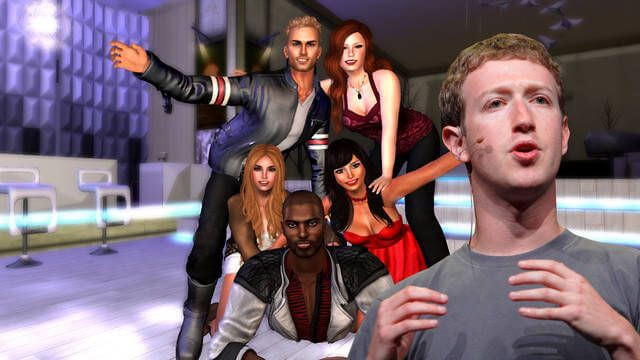
Starting with Neal Stephenson’s concept novel, the development of many applications of this parallel universe proposal began in the last 30 years:
- In 1993, a year after Snow Crash was published, Steve Jackson Games announced a game called “The Metaverse” through his own Illuminati Online software. Shortly after, “SnowMOO” was announced by SenseMedia.
- Then, in 1995, the Active Worlds project was activated, with the goal of creating virtual reality worlds capable of implementing the metaverse concept. Three years later, “There” was announced, an online 3D virtual world in which users appeared as avatars, being able to interact with each other, buy virtual assets and use their own currency called therebucks, it could be said that they were the beginnings of NFT and of the blockchains.
- In 2003 Linden Lab’s Second Life appears , the most successful implementation up to that point of a metaverse. There people could enter to create a virtual life, interacting, playing games and doing business. On this platform they had their own virtual currency called Linden dollars, which could be exchanged for real money.
- Then in 2005 Solipsis was announced which is a free open source system and which aims to offer its infrastructure as the place for a public virtual territory. That same year, The Croquet Project unified different initiatives with the aim of creating a single open software development environment to integrate collaborative multi-user applications, regardless of devices or operating systems.
- Things evolve and we reach the year 2013, when the physics teacher Shawn Young creates one of the first online role-playing games called Classcraft. This allowed it to be incorporated as a tool for academic improvement outside the classroom, but with an impact on the education of its students.
- In 2015 Decentraland appears, a project by Esteban Ordano and Ariel Mielich and is one of the first blockchain and metaverse platforms to trade cryptocurrencies such as Ethereum and MANA.
- We arrive until 2021 and Facebook announces that it will change its corporate vision and sets the goal of creating its own metaverse in the next 10 years , in fact it changes the name of its company to Meta Platforms. They will create an open and interoperable metaverse.
Second Life: the most successful metaverse
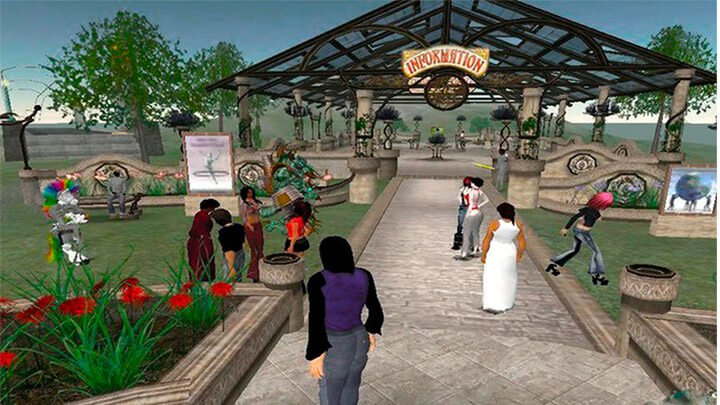
The most successful metaverse so far has been Second Life. The virtual community that came to market 10 years after the Snow Crash and that has been developed by the Linden Lab company. The most interesting thing about Second Life is that it came free of charge and users (known inside as residents) can use any of the viewers to enter, which are different interface programs that allow you to interact through the personalized avatar.
The resident can then create social relationships with other participants , engage in individual activities, create and sell virtual properties, you can even offer services to other participants on the platform. This metaverse was designed for ages 18+.
This first great success of the metaverse is quite limited graphically , however it was one of the most popular experiences of an applied virtual world, to the point of bringing together a solid community in a very short time, creating activities beyond entertainment and generating a true internal economy within the platform.
The platform has an internal economy managed through the internal virtual currency Linden Dollar, with which many assets were created that the owners could then convert into real money, exchanging their assets with other participants.
Zuckerberg’s goal
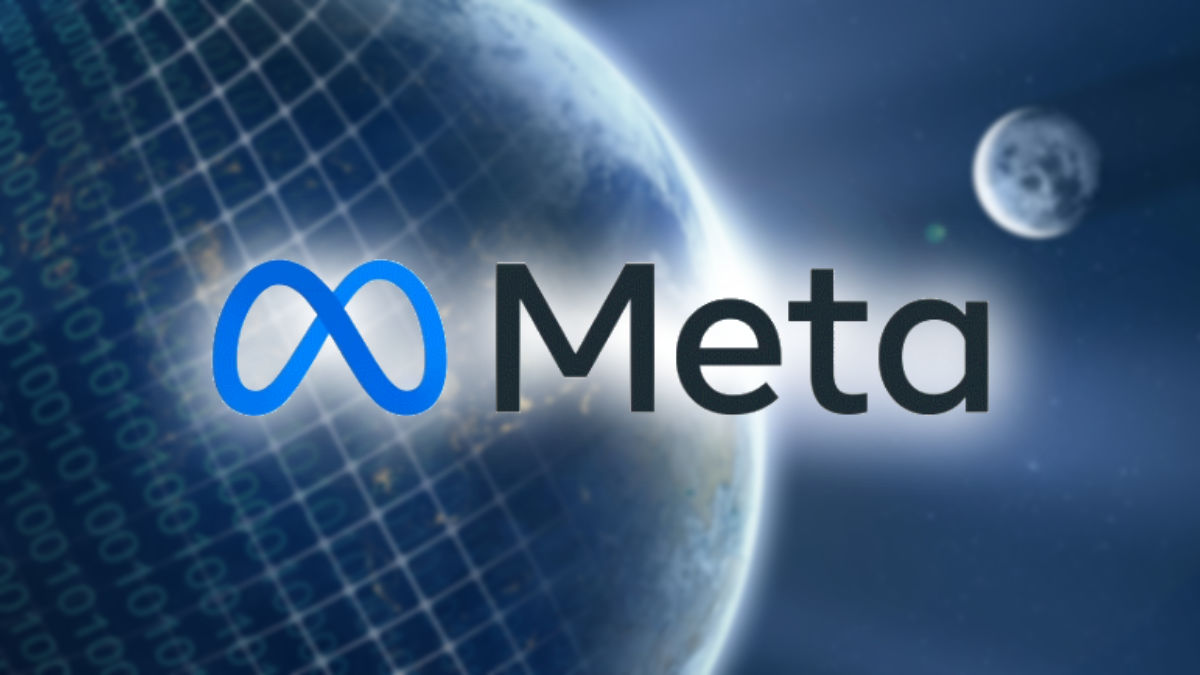
In 2021, Mark Zuckerberg announces that his company changes its course and will focus on metaverses , which is why Facebook as a company started to have a different name and it is the first cultural step of the organization, going on to take the name of Meta Platforms .
A period of 10 years was set in which his company would dedicate itself to building this new open metaverse and also interoperable with other platforms that already exist in the web 2.0, with the aim of developing a robust alternate reality in the digital world, to make everything we do today without the need for physical space.
What benefits will the Facebook metaverse bring?
Although for now there are many details that Facebook must define, so far different advantages that the Meta Platforms metaverse will offer have been identified. The Zuckerberg proposal may offer opportunities for business, educational and social interaction:
- In Meta you can create social groups according to your own interests. Companies could create a participation space for employees in the face of a more flexible internal communication strategy.
- It will be compatible with different multimedia formats, you will be able to upload and share all kinds of content, in an immersive and multi-user way.
- The experience will be in the first person and personal, that is, it will no longer be a generic activity, but will be adjusted to your interests.
- All people will be able to participate with an avatar and with it they will be able to join in the virtual activities that interest them the most.
- Meta is expected to make efforts in terms of graphics , the objects will be realistic and three-dimensional.
- The interaction will not only be written, but you will also be able to use your voice in real time .
Meta ensures that it will be able to integrate with other platforms and tools, even if they are not from your own company, even offering tools to improve the customer service experience and create better interaction opportunities between companies and customers.
The Meta metaverse might not be here anytime soon. The company drew up a decade-long development plan to carry out the project, but during that time they will work together with their partners and stakeholders so that they can develop products that are organically integrated into the virtual platform.
Marketing in the metaverse
Other business opportunities for both the big brands and the smaller ones are:
- Try products: In the metaverse, users will have the opportunity to try different products with the help of three-dimensional applications, which would guarantee a more immersive experience.
- Increase experiences of the physical world: With Meta, Facebook will seek to offer communications that are much simpler than the existing ways. These methods will allow social relations to be much simpler, beyond geographical and language barriers.
- Collective creation: Meta users will have the possibility to create a safe space collectively with other participants, guaranteeing the privacy and integrity of their data inside and outside the platforms.
- Realistic games: In Meta eSports will have much more room. Many companies will have the opportunity to integrate advertising and bet on these digital sports in which an increasing number of video game players participate.
goal in education
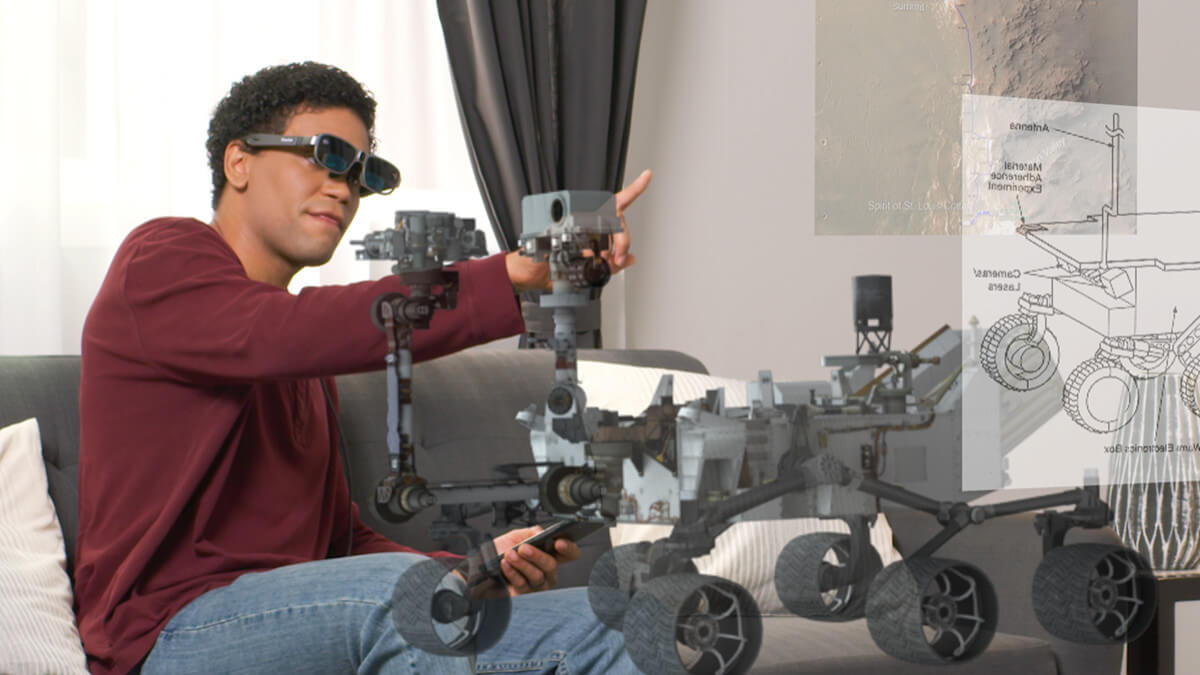
The pandemic showed that education outside the walls is possible and necessary, which is why the virtualization of knowledge is increasingly much simpler and it is precisely there where Meta will have a great opportunity to make a contribution to future and present generations. .
Meta could be the ideal setting for an education without borders, allowing more and more students to take on challenges without geographical and language barriers. Many higher education could go completely to the virtual method without limitations of any kind, since in a metaverse there could be the immediacy of a school classroom and the social elements of collective education could be completed, thanks to the use of avatars.
In this section, virtual reality and augmented reality could be perfectly integrated , allowing a fusion between the digital and the real world, guaranteeing that everyone can participate actively and in real time without being disadvantaged with the people who are in a way. physically at a specific location.
The Facebook metaverse could have great educational opportunities in the following spaces:
- Experimental learning: Experimental learning can make use of 3D model technology to explore the skills and potential of the students themselves, being able to test a novelty in a hypothetical scenario before reaching the real physical version.
- Laboratory practices: The practice in laboratories of a metaverse will allow the margins of error in different tasks to decrease considerably, in addition to allowing more and better knowledge to be imparted in various areas, whether scientific, artistic and many others.
- Organization of events and conferences : Master classes, concerts and conferences would no longer be a logistical problem. Many educational organizations could take full advantage of the possibilities offered by virtual events in a metaverse, there would be no limits on participation, without affecting the immersive experience.
- Virtual visits to museums and cultural spaces : An important part of education is the cultural aspect; It is not in vain that many schools and organizations prepare visits to museums and the metaverses would be an ideal opportunity to break down borders and be able to visit these iconic places without having to get on a plane.
Metaverse in the digital economy
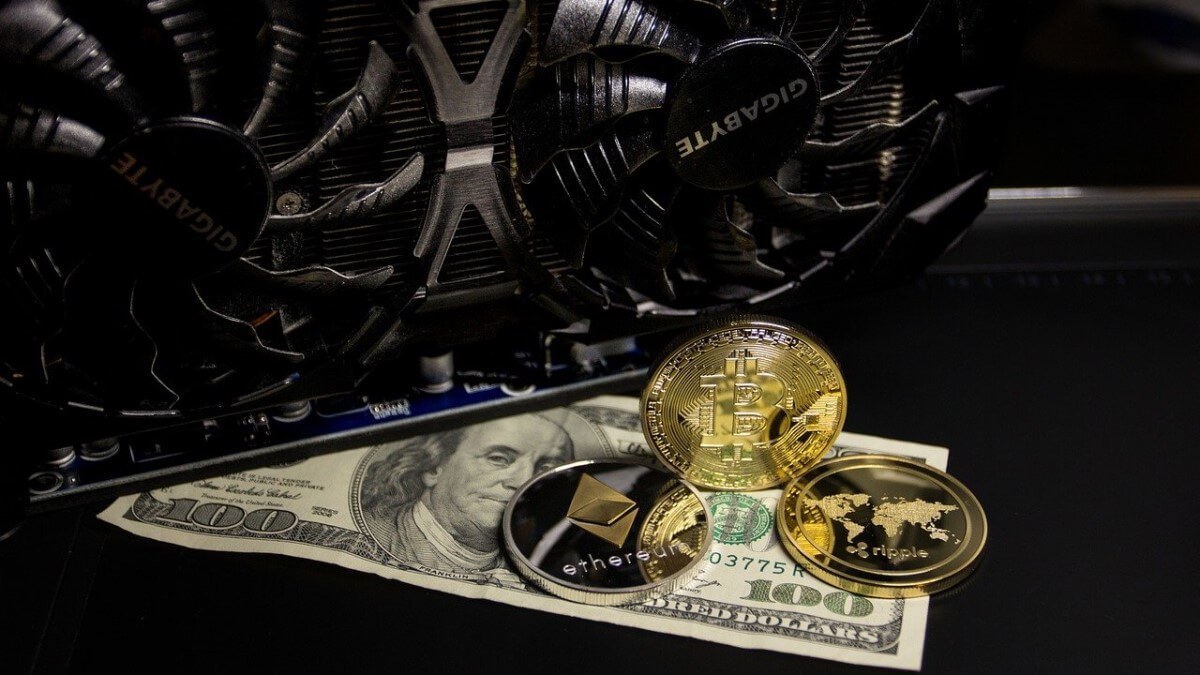
Gabriel Levy points out in his work Metauniverses the Internet of the Future that the greatest impact that the metaverses will bring in the next generation of the Internet will not be linked to entertainment or the social aspect, nor will it even be in education; will be more focused on the digital economy.
The growing market of Non-Fungible Tokens will offer the world the opportunity to have a virtual real estate system , which will allow a property to be graphically represented in a blockchain chain, as well as the art market, or the retail trade of 3D objects in that virtual world and that it is nothing more than an investment in an asset that does not suffer risks beyond its market value.
Facebook and Google will probably have the responsibility to lead the transformation in the market within the metaverses , since in addition to having a financial muscle, they have all the IT capacity to support the needs of a market that is not yet known, but that It could explode at any moment.
The metaverses are still a study space for technology companies and everyone now turns their eyes to what will happen with the arrival of 2030 and beyond, a new way of doing business outside the physical space and without assets at risk that do not fit in an encrypted file.
We will see Cryptocurrency investments in growing markets of digital assets , such as luxury items, “digital land” that will possibly be the place bought and rented as a solution to mining cryptocurrencies without the need for physical equipment. You will be able to have pieces of art backed up with certificates and that you could then simply expose on any screen you want since they are your exclusive property.
The possibilities are limitless with the metaverse, but it would probably be better to stay under the social terms that exist today in the physical world, preventing the balance in the scale from being broken and everything ending up being nothing more than a very bad idea.

